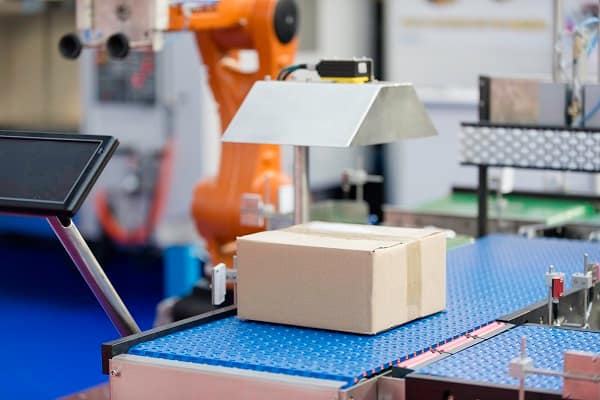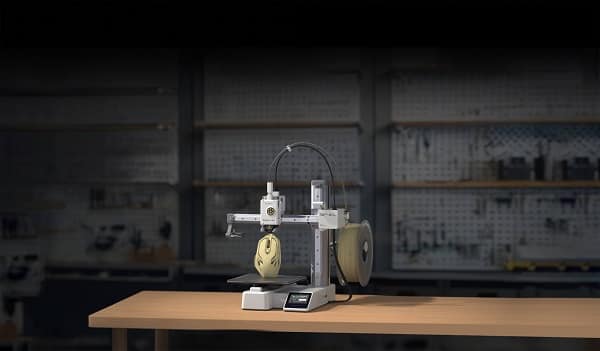In today’s fast-paced industrial environment, speed is no longer a competitive advantage—it is a necessity. Customer expectations are evolving, innovation cycles are shrinking, and production timelines are tighter than ever. In this context, النماذج الأولية السريعة is not just a technical process—it is a strategic imperative.
For engineers, manufacturers, and product developers working with industrial parts, rapid prototyping has become the cornerstone of modern development. It enables faster design iterations, lower costs, and higher product accuracy, all while keeping innovation at the forefront.

What Is Rapid Prototyping in Industrial Manufacturing?
Rapid prototyping is the process of quickly fabricating a physical model of a part or product using 3D CAD data. This process often involves technologies such as 3D printing, CNC machining, and urethane casting to produce working models in a matter of hours or days.
In industrial manufacturing, this means engineers and designers can:
Evaluate part design and assembly compatibility
Perform functional tests on prototypes before committing to full-scale production
Speed up decision-making across departments
When applied effectively, rapid prototyping turns abstract designs into tangible, testable components that accelerate innovation across the board.
Core Advantages of Rapid Prototyping in Industrial Settings
Faster Time-to-Market
One of the most critical benefits of rapid prototyping is the speed it brings to the product development cycle. Traditional tooling and mold creation can delay production by weeks, if not months. In contrast, rapid prototyping allows teams to create, test, and revise parts quickly.
This enables manufacturers to respond faster to market demands and reduces the lead time from design to production. The ability to create multiple iterations in days gives industrial businesses a decisive competitive edge.
Reduced Development Costs
Building traditional molds and tooling is expensive, especially for small-batch testing or early-stage concepts. Rapid prototyping eliminates the need for such costly investments during the validation stage.
Instead of committing capital to full-scale production equipment, teams can use rapid prototyping to validate and refine designs at a fraction of the cost. This approach minimizes waste, optimizes resource usage, and reduces the risk of expensive design errors.
Greater Design Flexibility
Design innovation often comes with complexity. Traditional manufacturing methods may limit what can be produced due to tooling or machining constraints. Rapid prototyping breaks those boundaries by enabling the creation of complex geometries, undercuts, lattice structures, and more.
This design freedom allows engineers to push boundaries and explore lightweight, optimized, and high-performance components that would otherwise be impractical or cost-prohibitive.
Enhanced Functional Testing
Industrial parts often face extreme environments—temperature fluctuations, pressure loads, vibration, or corrosion. It’s not enough to prototype for appearance; prototypes must be functional.
Rapid prototyping enables the creation of parts using materials that closely mimic final production properties. This allows for real-world testing of form, fit, and function, giving engineers confidence before production begins.
Improved Cross-Department Collaboration
With physical prototypes in hand, teams across design, engineering, and production can collaborate more effectively. Decisions are made faster, feedback is clearer, and issues are resolved earlier in the process.
In industrial settings, where decisions impact safety, compliance, and manufacturing efficiency, rapid prototyping helps ensure that everyone stays aligned.
Real-World Applications of Rapid Prototyping in the Industrial Sector
Rapid prototyping has proven its value across various industries. Here are some sectors where its impact is most profound:
Automotive Industry
Engineers use rapid prototyping to develop and test complex engine parts, dashboard assemblies, and structural components. Iterations can be made on the fly, with minimal downtime, enabling faster model updates and product launches.
Aerospace and Defense
In aerospace, weight, durability, and precision are paramount. Engineers use rapid prototyping to develop lightweight components with complex geometries and validate them in simulated environments before committing to expensive materials or processes.
Industrial Equipment and Automation
Companies designing custom industrial machines, robotic arms, or conveyor systems rely on rapid prototyping to test motion ranges, mechanical linkages, and part integration. Prototypes allow for fast iterations, reducing project risk and optimizing functionality.
Energy and Infrastructure
Whether designing components for turbines, pipelines, or substations, industrial firms in the energy sector use rapid prototyping to validate designs under demanding conditions and accelerate deployment timelines.
Why Industrial Leaders Are Investing in Rapid Prototyping
Rapid prototyping has shifted from an R&D convenience to a core business strategy. The benefits extend far beyond engineering:
Marketing teams can showcase tangible models to customers or investors.
Supply chain managers can verify part compatibility before committing to mass procurement.
Operations teams can identify manufacturability issues early and reduce rework.
In other words, rapid prototyping reduces friction at every stage of the industrial product lifecycle.
For companies aiming to implement lean manufacturing practices, improve customer responsiveness, and lead in product innovation, rapid prototyping is indispensable.
The Future of Rapid Prototyping in Industrial Manufacturing
As technology evolves, rapid prototyping will become even more powerful, accessible, and integrated into industrial workflows. Here’s what the future holds:
Advanced Materials
Material science is rapidly expanding. Engineers can now prototype with carbon-fiber composites, high-performance thermoplastics, and even metal alloys. Future developments will allow for even more durable, heat-resistant, and lightweight prototypes that mirror final production parts.
Integrated Digital Manufacturing
More prototyping systems are being linked directly to CAD platforms, AI simulation tools, and digital twin environments. This means faster feedback, automatic design corrections, and seamless data flow from design to manufacturing.
Scalable Production Prototyping
Some forms of rapid prototyping are evolving into small-batch production solutions. This is especially valuable for industries with high-mix, low-volume product lines. Instead of transitioning to traditional manufacturing, companies may rely on scaled-up prototyping technologies to deliver final parts.
Final Thoughts: Rapid Prototyping Is an Industrial Imperative
Industrial innovation is driven by speed, precision, and adaptability. Companies that embrace rapid prototyping are not just saving time—they’re building a culture of smart engineering, continuous improvement, and market leadership.
The message is clear: for industrial companies focused on creating better parts, faster and more efficiently, rapid prototyping is not optional—it’s essential.
If your company is ready to reduce risk, accelerate development, and future-proof its manufacturing process, it’s time to make rapid prototyping your standard practice.
